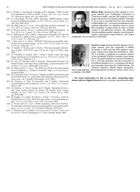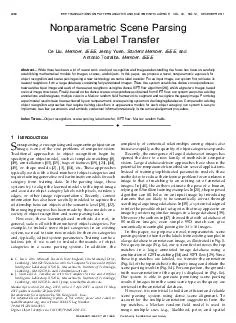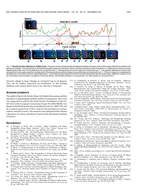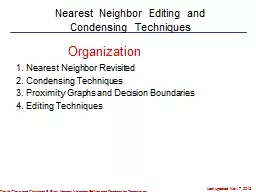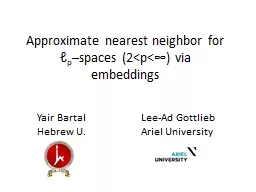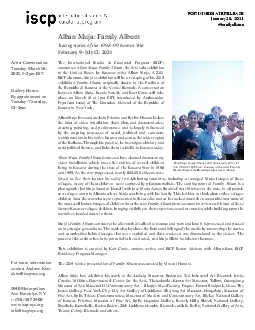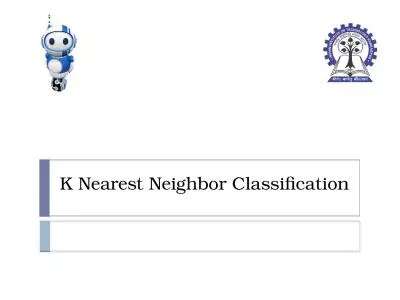PDF-Scalable Nearest Neighbor Algorithms for High Dimensional Data Marius Muja Member IEEE
Author : conchita-marotz | Published Date : 2014-10-18
Lowe Member IEEE Abstract For many computer vision and machine learning problems large training sets are key for good performance However the most computationally
Presentation Embed Code
Download Presentation
Download Presentation The PPT/PDF document "Scalable Nearest Neighbor Algorithms for..." is the property of its rightful owner. Permission is granted to download and print the materials on this website for personal, non-commercial use only, and to display it on your personal computer provided you do not modify the materials and that you retain all copyright notices contained in the materials. By downloading content from our website, you accept the terms of this agreement.
Scalable Nearest Neighbor Algorithms for High Dimensional Data Marius Muja Member IEEE: Transcript
Download Rules Of Document
"Scalable Nearest Neighbor Algorithms for High Dimensional Data Marius Muja Member IEEE"The content belongs to its owner. You may download and print it for personal use, without modification, and keep all copyright notices. By downloading, you agree to these terms.
Related Documents

